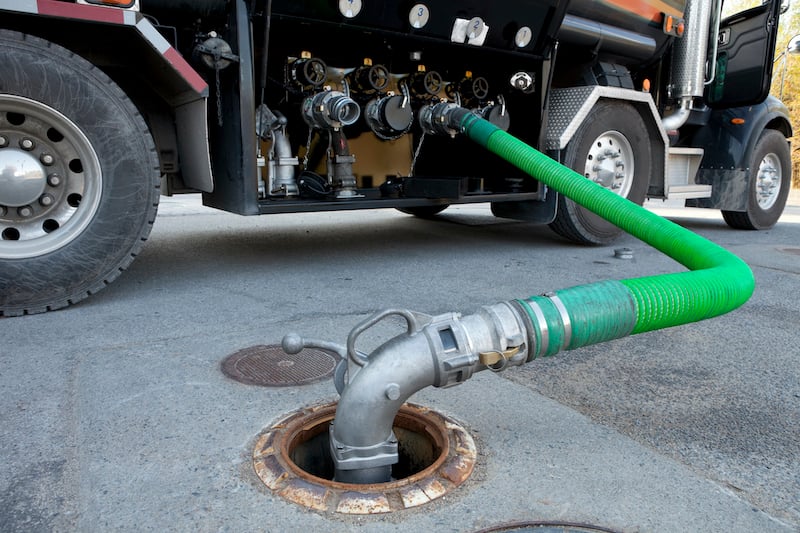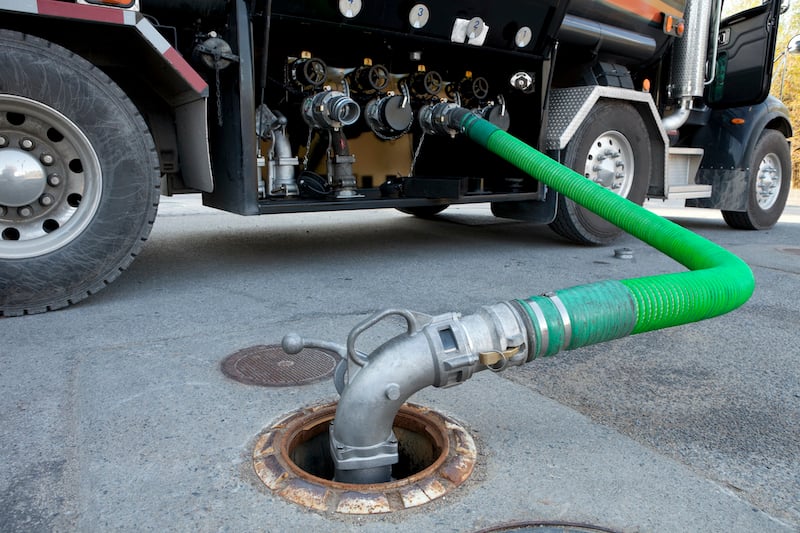Energy Learnings from the State of Sustainable Fleets 2020 Report

More than a trend or buzzword, fleet sustainability is a top concern for fleets of all sizes and applications. While diesel and gasoline will continue to dominate over the next decade, fleets are testing and buying sustainable vehicle technologies in record numbers. That’s according to the first technology-neutral and comprehensive industry report, The State of Sustainable Fleets 2020, compiled by clean transportation and energy consultants Gladstein Neandross & Associates (GNA).
The report examines the current state of the most prevalent sustainable vehicle platforms in the U.S. — natural gas, propane, battery-electric, and hydrogen fuel cell electric. Data was gathered through interviews and surveys from fleets deploying sustainable vehicle technologies, supplemented by data from original equipment manufacturers (OEM) and infrastructure providers.

The report includes public, private, and for-hire fleets, including utility, school, municipal/shuttle, urban delivery, refuse, transit, and short and long-haul sectors.
Let’s dive into some key findings.
Across the Industry
- Sustainable vehicle and fuel use are growing across all categories of medium- and heavy-duty alternative fuel vehicles — natural gas, propane, battery-electric, and hydrogen fuel cell electric.
- Sustainability is the top motivator for purchasing decisions among the early-adopter public, private, and for-hire fleets to deploy clean vehicle technologies.
- 98% of fleets surveyed that currently use sustainable technology expect to continue doing so at the same level or increase their use of these vehicles and fuels.
- Fleets surveyed say there is no material performance loss when switching to most renewable fuels — diesel, natural gas, and electricity — and would use more when renewable fuels become cost-neutral and a drop in replacement.
 Natural Gas Vehicles (NGVs)
Natural Gas Vehicles (NGVs)
- Fleets leading the adoption of heavy-duty NGVs report seeing the low total cost of ownership (TCO) through fuel cost savings and reduced maintenance while simultaneously achieving steep emissions reductions.
- Over 70% of surveyed utility, transit, urban delivery, and refuse fleets plan to continue purchasing and piloting NGVs over the next two years.
- Around 85% of the 53,000 registered NGVs in the U.S. are used in heavy-duty applications, specifically, goods movement, refuse, and public transit.
- Natural gas station counts are steady after recent dips, with fuel consumption increased by 30% from 2015-2019.
 Propane (LPG) Vehicles
Propane (LPG) Vehicles
- The propane vehicle and fuel market (also referred to as liquefied petroleum gas, LPG, or propane autogas) continues to grow through increased adoption in the school bus sector and other fleet types — a 27% increase in national consumption of propane for on-road vehicles since 2015.
- Propane is a good fit for many resource-constrained fleets and for those operating in areas where infrastructure for other sustainable technologies is years in the future.
- Medium-duty Class 3 through 6 vehicles is a substantial market for propane vehicles, supporting utility trucks, urban delivery vehicles, vans, and shuttle fleets.
- Around 90% of commercial fleet propane refueling occurs at relatively inexpensive, easily installable private fueling stations — complemented by 765 public-access propane stations across the U.S.
- Fleets that choose private fueling end up paying approximately 38% less for propane than diesel and gasoline on a gasoline-gallon-equivalent basis.
 Battery Electric Vehicles (BEVs)
Battery Electric Vehicles (BEVs)
- There are currently over 2,000 BEVs deployed or in the process of being procured by medium and heavy-duty fleets, and deliveries expect to double in the next two years.
- 69% of early adopter fleets plan to pilot or purchase medium- and heavy-duty BEVs in the near-term.
- More than 90% of surveyed fleets that plan to use BEVs will install their charging structure, and approximately one-third will establish their energy storage or generation.
- Reduced maintenance costs, high driver satisfaction, and fuel cost savings (when managing charging happens) are the benefits of BEVs most cited by fleets.
 Hydrogen Fuel Cell Electric Vehicles (FCEVs)
Hydrogen Fuel Cell Electric Vehicles (FCEVs)
- Although they are in demonstration and pre-commercial phases, medium- and heavy-duty fleets are interested in FCEVs. They provide a zero-emission pathway and offer exceptional acceleration and efficiency, extended driving range, and refueling times comparable to gasoline and diesel vehicles — under 10 minutes.
- Fuel cell options are growing with the number of FCEV products for medium- and heavy-duty fleets expected to more than double over the next two years.
- Of the approximate 70 heavy-duty FCEVs deployed in the U.S., the majority are for transit use.
- Retail hydrogen fuel costs are close to double the retail price of gasoline, but prices have dropped by half over the last decade with infrastructure providers hoping to cuts costs in half again.
 Greener Fuels
Greener Fuels
- Diesel and gasoline vehicles are gaining “green.” Through combinations of OEM and fleet efforts, average heavy-duty vehicle efficiency is significantly improving with some Class 8 tractors achieving as much as 10 mpg.
- Fleets are satisfied with renewable diesel, a drop-in replacement for diesel, and realize savings from fewer diesel particulate filter (DPF) replacements.
Read the full 2020 State of Sustainable Fleets report here.